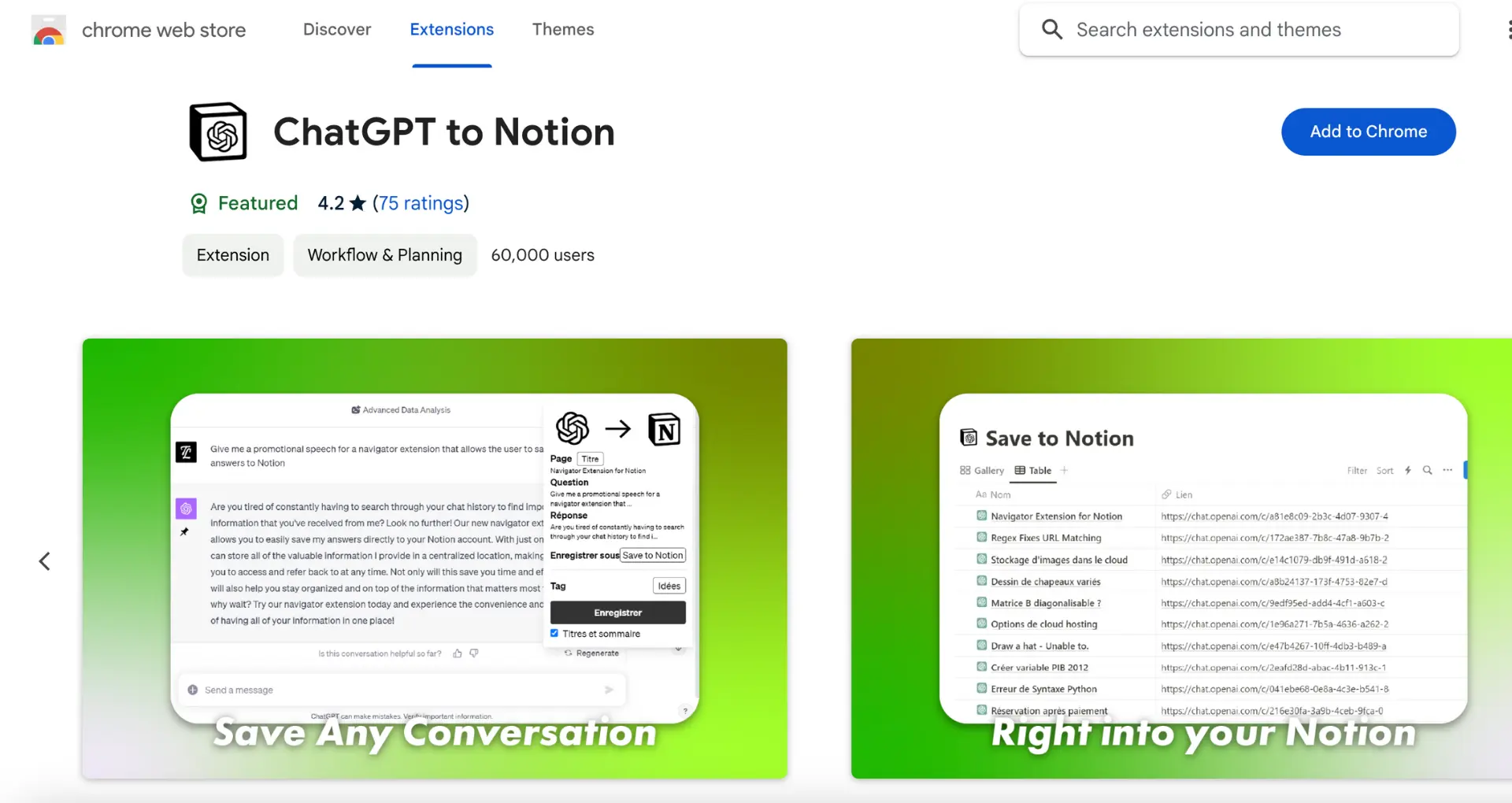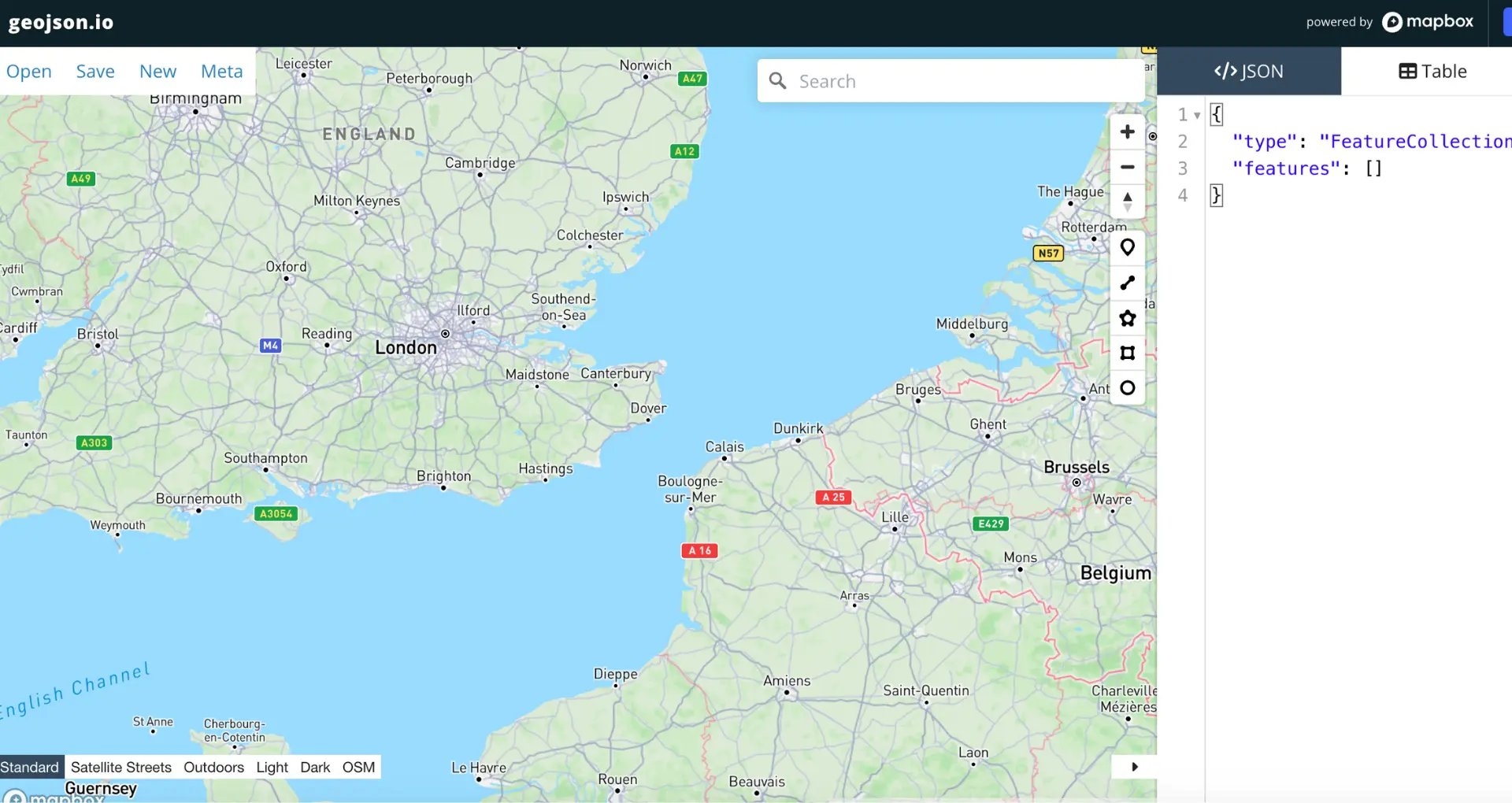Customizing related lists in Salesforce Lightning empowers you to display the most relevant information for your users. By adding and organizing columns, you can improve data visibility and streamline workflows. In this step-by-step guide, we'll walk you through the process of adding columns to related lists in Salesforce Lightning, from setting up permissions to finalizing your customizations.
Initial Setup and Permissions for Customizing Salesforce Lightning
Before you start customizing related lists in Salesforce Lightning, ensure you have the necessary permissions. The 'Customize Application' permission is crucial for modifying the Lightning App Builder. If you don't have this permission, reach out to your Salesforce administrator to grant it.
To access the Lightning App Builder:
- Click on the gear icon in the upper-right corner of your Salesforce homepage.
- Select 'Setup' from the dropdown menu.
- In the Quick Find box, type 'Lightning App Builder' and click on the corresponding result.
Once you're in the Lightning App Builder, you can select the specific record page that contains the related list you want to customize. Keep in mind that building a robust sales prospect list can help you identify key records to focus on. You'll need to repeat the customization process for each record page where you want the changes to apply.
Navigating to Related List in Lightning App Builder
After accessing the Lightning App Builder, follow these steps to locate and select the related list you want to customize:
- Click on the 'Edit Page' button for the desired record page.
- Once in the editor, locate the related list component you want to modify.
- Click on the related list component to reveal its properties panel on the right side of the screen.
When choosing the related list to customize, consider your business needs and user requirements. Focus on the related lists that are most frequently used or contain critical information for your team's workflow. By prioritizing the right related lists, you can significantly automate sales prospecting and improve your users' efficiency and productivity.
Save time by using Bardeen to automate outreach and follow-ups. Focus on important tasks while Bardeen handles the repetitive work for you.
Adding and Organizing Columns in Related Lists
To add fields to a related list, use the 'Available Fields' and 'Selected Fields' panels in the Lightning App Builder:
- In the properties panel of the related list component, locate the 'Available Fields' and 'Selected Fields' sections.
- Browse through the 'Available Fields' list to find the fields you want to add to your related list.
- Drag and drop the desired fields from the 'Available Fields' panel to the 'Selected Fields' panel.
When organizing fields in the related list, consider the following tips:
- Place the most important or frequently used fields at the beginning of the list for quick access.
- Group related fields together to improve readability and context.
- Limit the number of fields to avoid overwhelming users with too much information.
By carefully selecting and arranging fields, you can create a more intuitive and efficient user experience, ultimately automate sales prospecting and enhance data accessibility and productivity.
Enabling Inline Editing for Enhanced Productivity
To enable inline editing for a related list in Salesforce Lightning, follow these steps:
- In the Lightning App Builder, select the related list component you want to modify.
- In the properties panel, locate the 'Related List Type' dropdown menu.
- Change the type from 'Basic List' to 'Enhanced List'.
- Save your changes and activate the updated page.
By enabling inline editing, users can directly edit records within the related list without navigating to a separate edit page. This streamlines the data management process and improves efficiency by:
- Reducing the number of clicks and page loads required to update records.
- Allowing users to quickly make changes to multiple records in succession.
- Providing a more intuitive and seamless editing experience.
Automate sales prospecting by using Bardeen to save time on repetitive tasks, enhancing efficiency.
Inline editing is particularly useful for related lists that require frequent updates, such as tasks or activities. By enabling this feature, you can significantly boost productivity and save time for your Salesforce users.
Finalizing and Testing Customizations
After completing your customizations in the Lightning App Builder, it's crucial to save and apply your changes. Here's how:
- Click the 'Save' button in the top-right corner of the Lightning App Builder.
- Choose 'Activate' to make your updated page live for users.
- If prompted, select the appropriate app, profile, or page layout assignments for your customizations.
Before rolling out your customizations to all users, it's essential to thoroughly test the updated pages to ensure they meet requirements and function as expected. Testing helps you:
- Identify and resolve any issues or bugs before deployment.
- Confirm that the customizations improve user experience and productivity.
- Verify that the changes don't negatively impact other features or workflows.
To test your customizations:
- Log in to Salesforce using a test account with the same profiles and permissions as your end-users.
- Navigate to the updated record pages and interact with the customized related lists.
- Verify that the new columns display correctly and inline editing works as expected.
- Test different scenarios, such as creating, updating, and deleting records within the related list.
By thoroughly testing your customizations before deployment, you can ensure a smooth rollout and minimize disruptions for your users. For more tips on improving your sales process, check out automate sales prospecting tasks.






